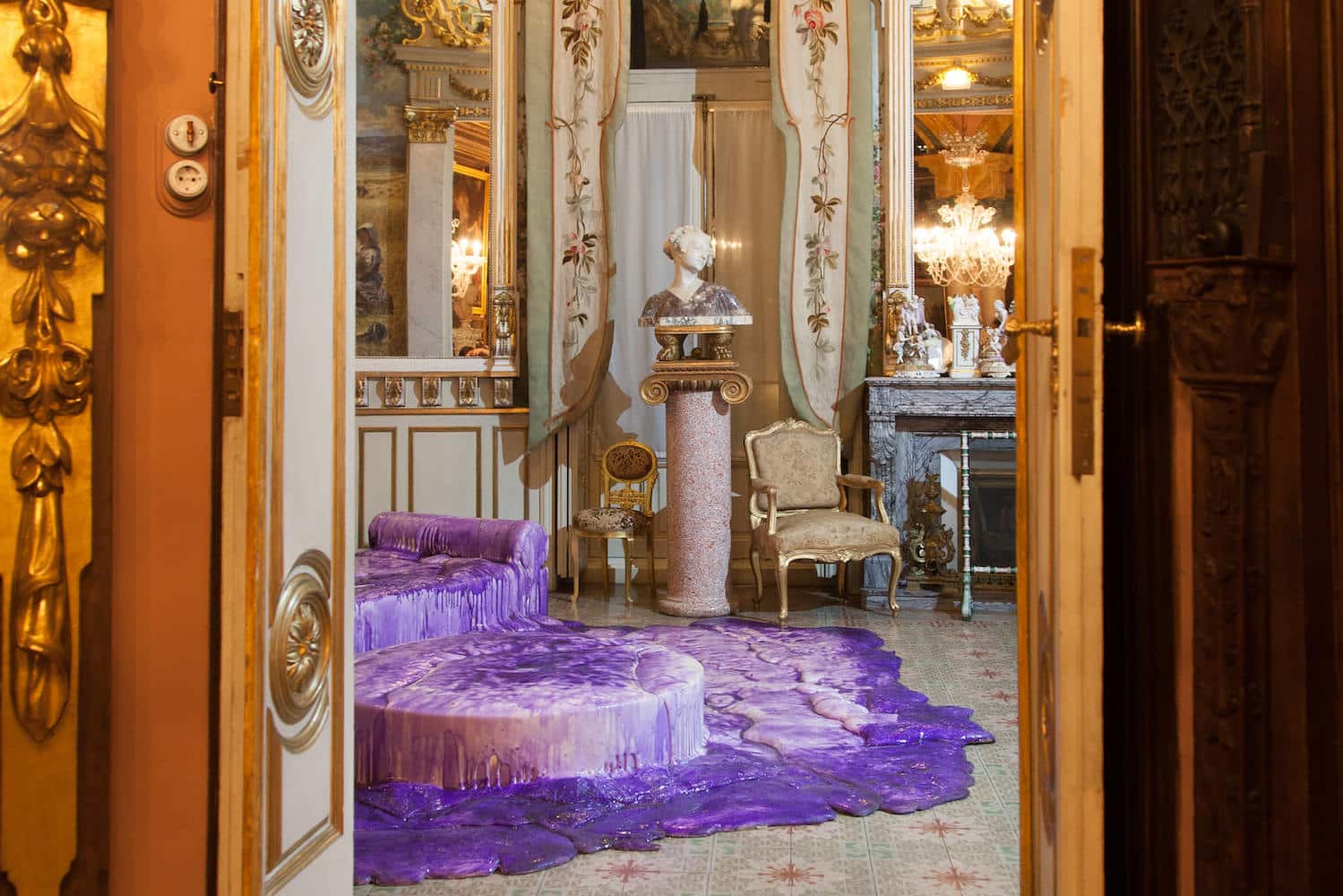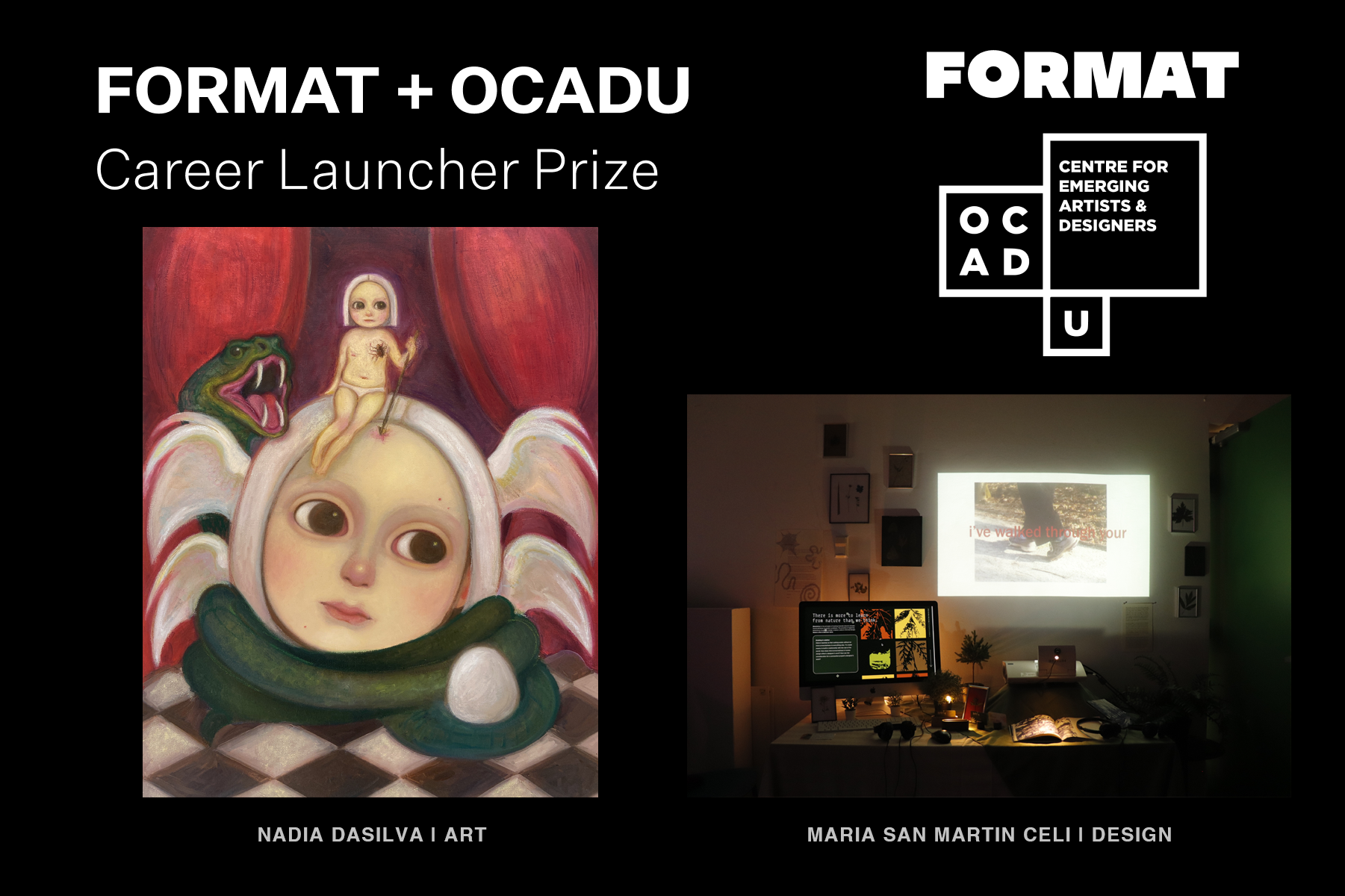Madrid feels a lot like New York, minus the hectic pace. The Madrid Design Festival matches that feeling with beautifully curated exhibitions that encourage visitors to slow down and really take their time absorbing design’s impact on the world around us.
The festival, now in its second year, showcases over 250 events, exhibitions, and installations, featuring accomplished as well as up-and-coming designers across multiple subdisciplines.
Format had the opportunity to visit the festival—here are highlights of some of the best design Spain has to offer.
Guillermo Santomà at Museo Cerralbo
Museo Cerralbo—former residence of Enrique de Aguilera y Gamboa, the 17th Marquis of Cerralbo—houses an almost overwhelming collection of antiques. You could spend days exploring the house and still leave gems undiscovered. The Marquis left his palace (and all its contents) to the state, perfectly capturing the opulence of nineteenth-century Spanish aristocracy. To say I felt underdressed wearing my Chuck Taylors in the ballroom would be an understatement.
For the festival, Spanish architect and designer Guillermo Santomà integrated high-concept sculptures of various materials and sizes throughout the museum. The pieces surprised and delighted visitors, eliciting audible gasps even from Madrid design royalty like Rosanna Orlandi and her entourage. (Imagine Edna from The Incredibles—but make it design.)
A key element of Santomà’s work is the merging of the permanent collection with his new pieces, blurring the concepts of both time and space. “We are part of this historic line, we have a past and we can continue it”, he says. “I have trouble understanding each piece separately. All pieces are the same piece, the body that I really work on is the relationship of one piece over another.”
Some of Santomà’s pieces, like Tapestry, blend almost seamlessly into the museum’s permanent collection.
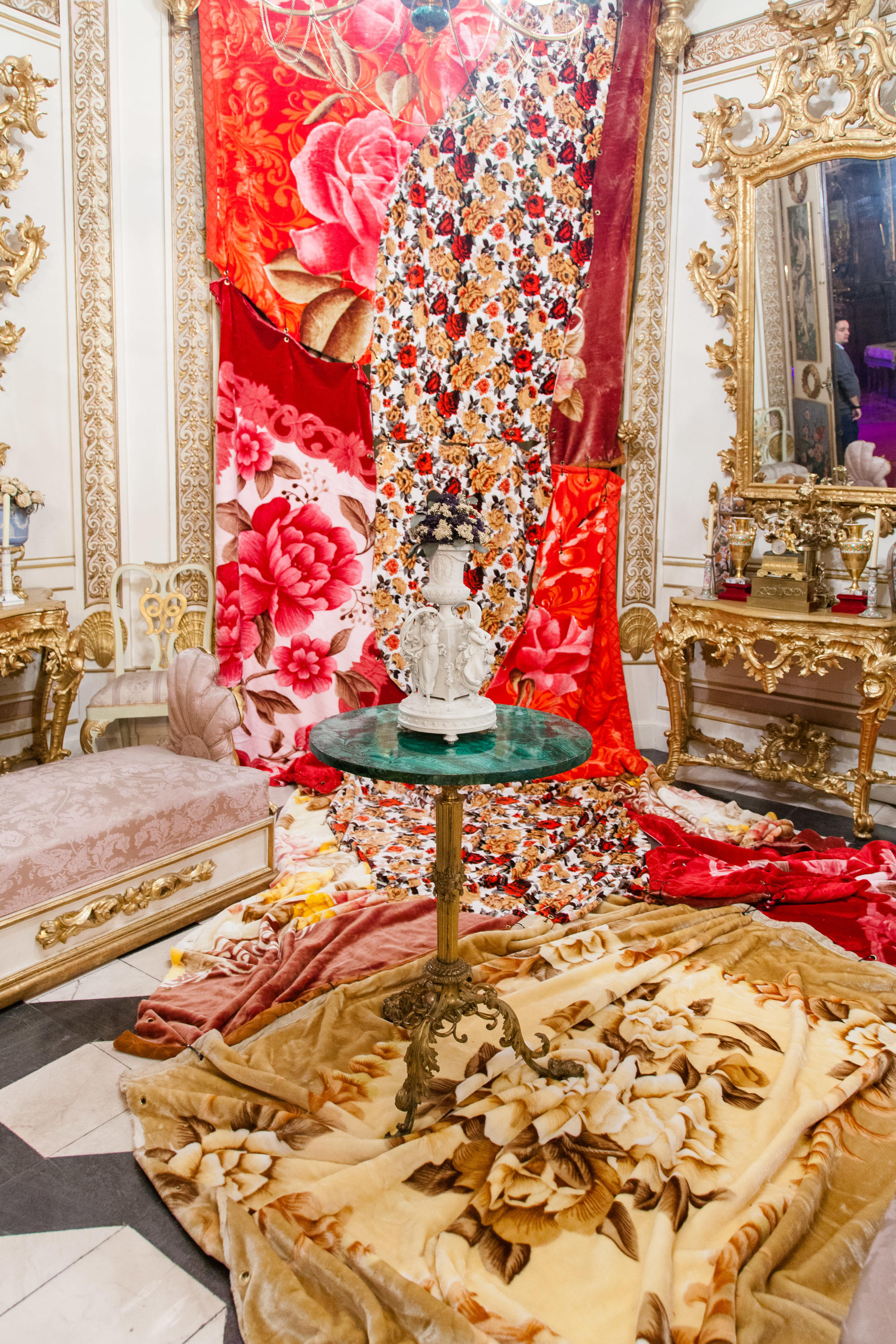
Other pieces stand out while encouraging visitors to imagine the space’s continued use, like Disco in the palace’s ballroom or Dining Table in the banquet room. I found myself daydreaming about the type of party I would have in these rooms—from the exclusive guest list to the very chic menu.
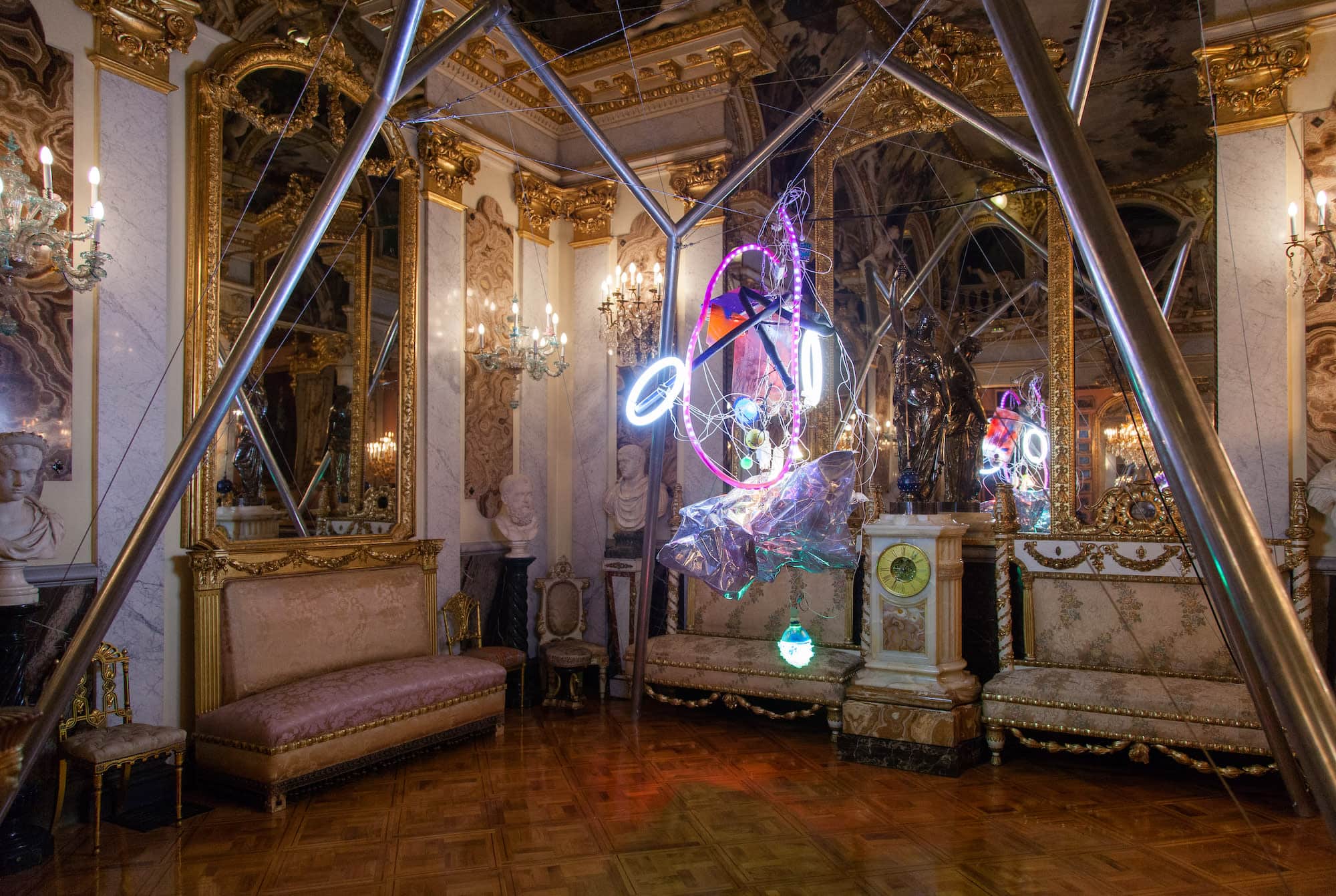
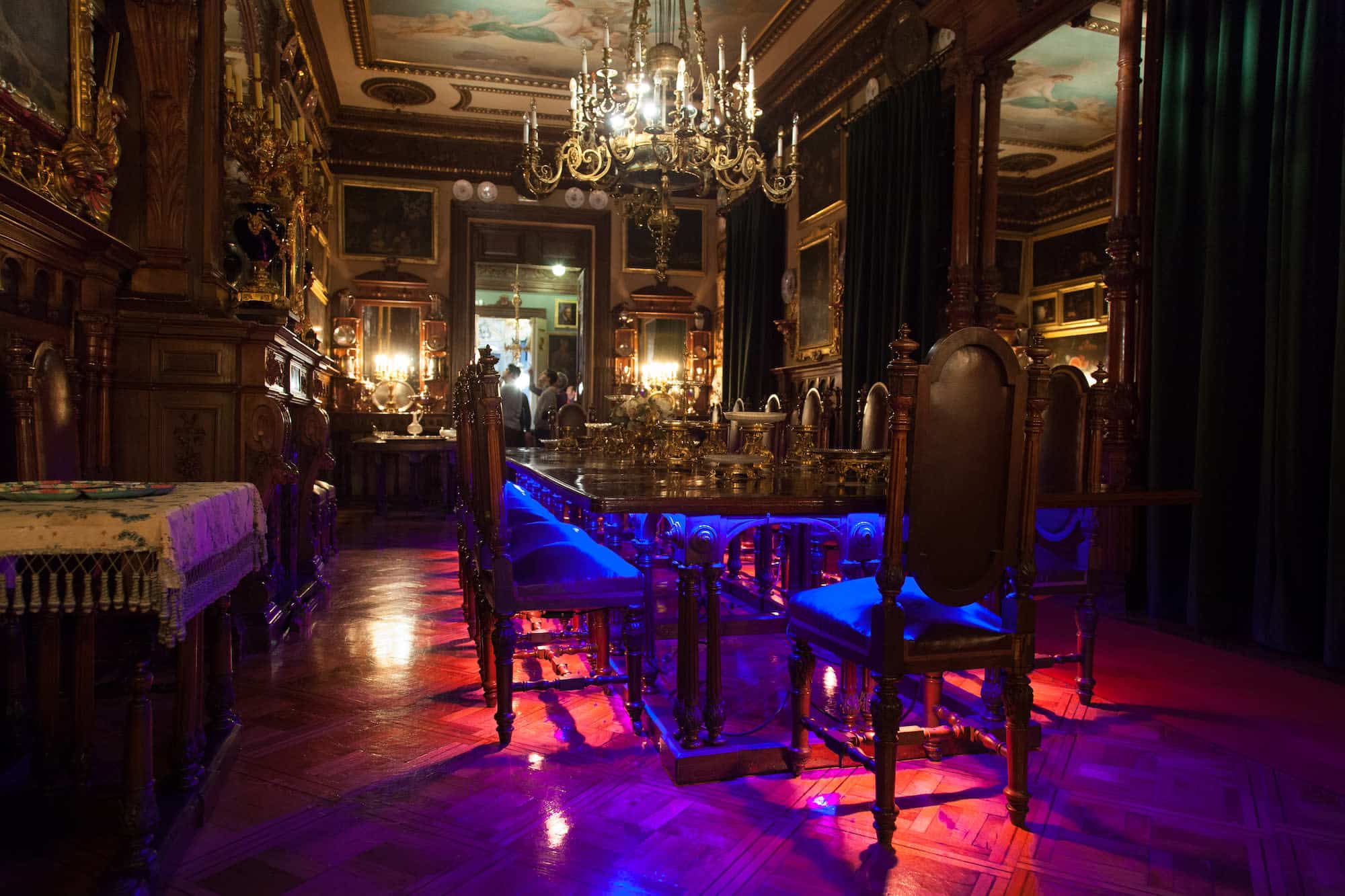
Showstopping pieces like Miami Couch stand in strong juxtaposition with the staid Baroque backdrop, tempting visitors to touch the squishy, purple goo (much to the watchful museum guards’ chagrin).
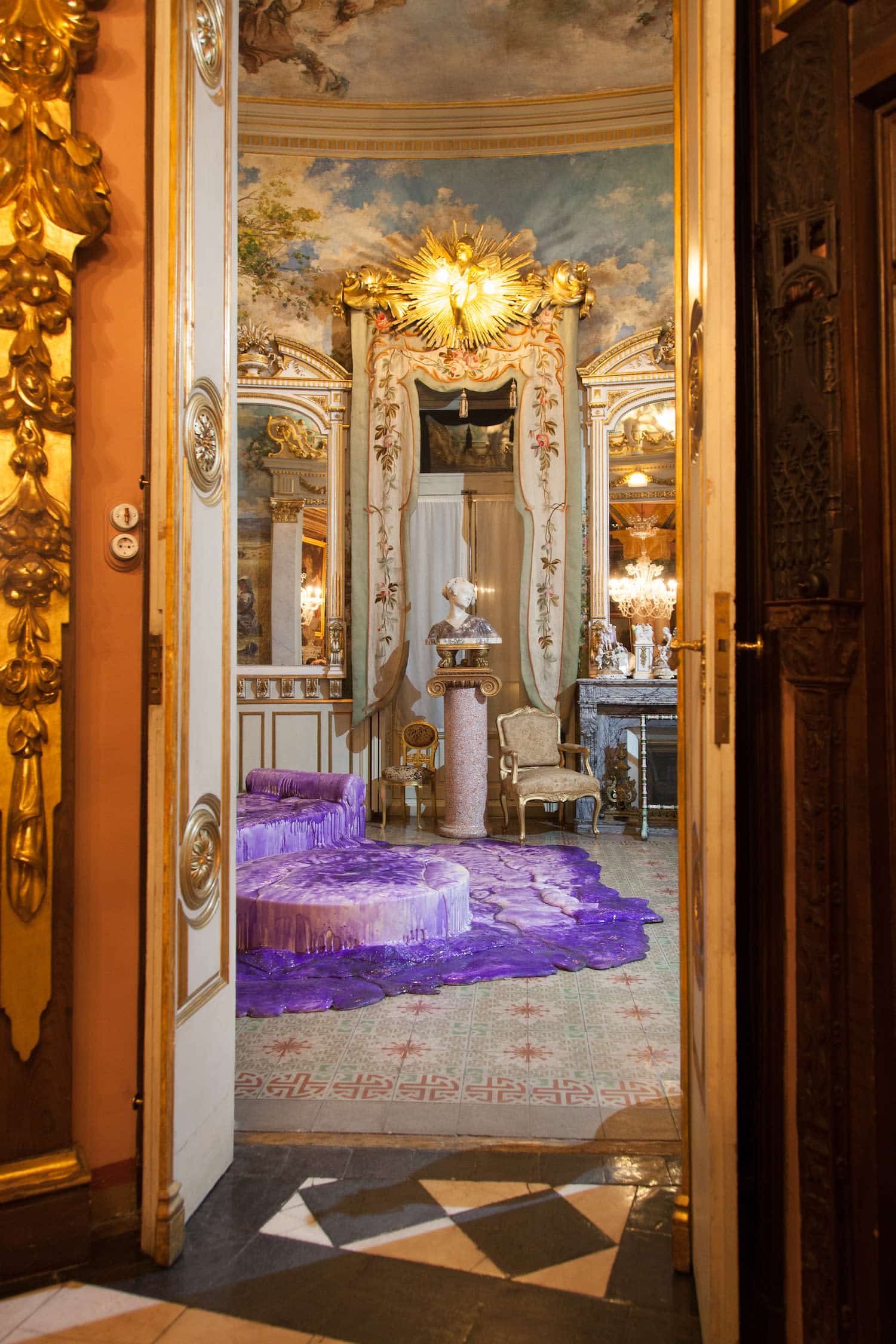
Darro: Design & Art
Founded by Paco Muñoz, design firm Darro brought the modernist movement to Spain in the 1950s, even as most of the country was still loyal to a more traditionalist aesthetic post-civil war.
Unfortunately, Darro had to close its doors in 1979 due to both the expense of production and a lack of customers. Very few people aside from the more traditional upper class had money to buy furniture; it was passed down from generation to generation, keeping the traditional aesthetic alive out of necessity rather than personal preference.
Designer Pedro Feduchi painstakingly curated 60 pieces highlighting how the firm revolutionized industrial design by seeking out and encouraging modernity in interior and industrial design during Franco’s era. He originally found only 10 pieces, so the search was expanded to include friends, family, and vintage markets, using old black and white catalogs as a reference to eventually grow the collection to over 100 items.
The exhibit highlights how Darro attempted to bring modernity to the people. The firm’s shop functioned as a showcase store, art gallery, and design hub. The shop also carried items from Nordic and Italian designers that were difficult—if not impossible—to find elsewhere. Imported items were restricted to smaller housewares, as importing furniture was forbidden under Franco’s rule.
The impact of the civil war and the dictatorship that followed on Spanish design cannot be understated. Darro, in its own way, was a rebellion against Franco and everything his regime stood for.
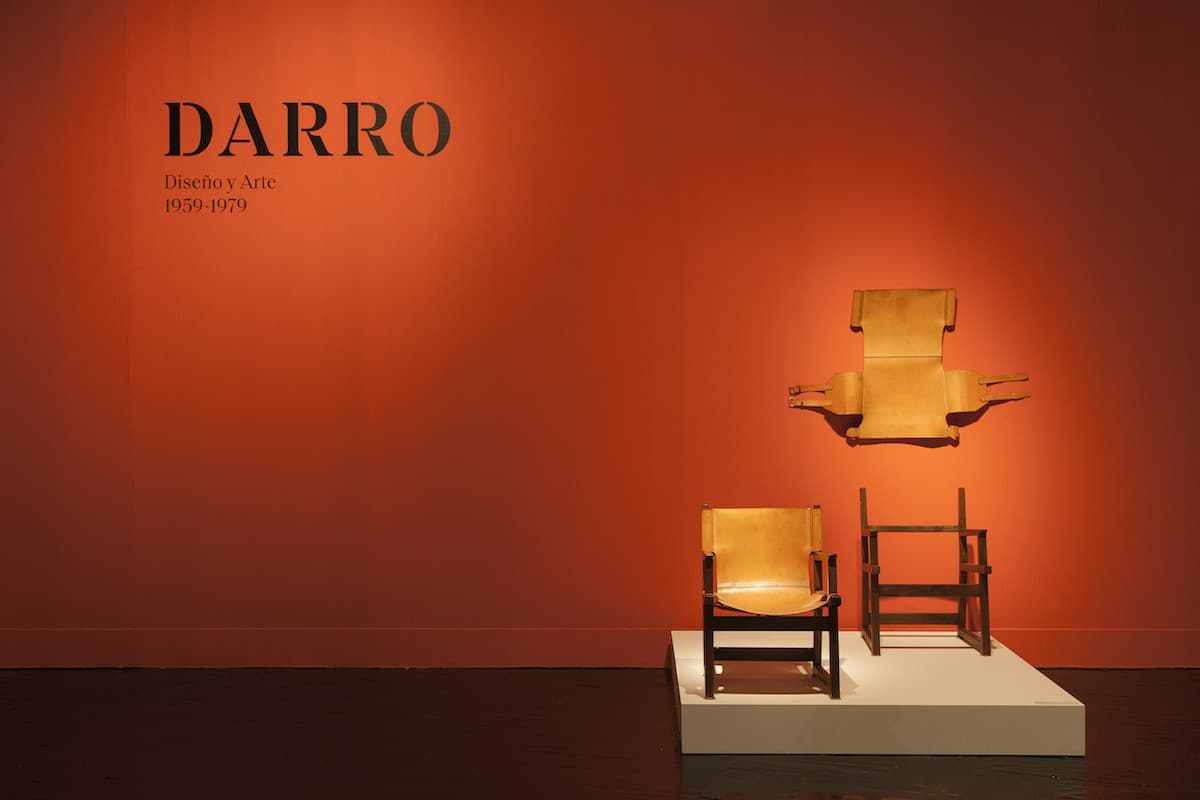
The collection includes many examples of Darro’s iconic Riaza chair, made of walnut and sumptuous leather.
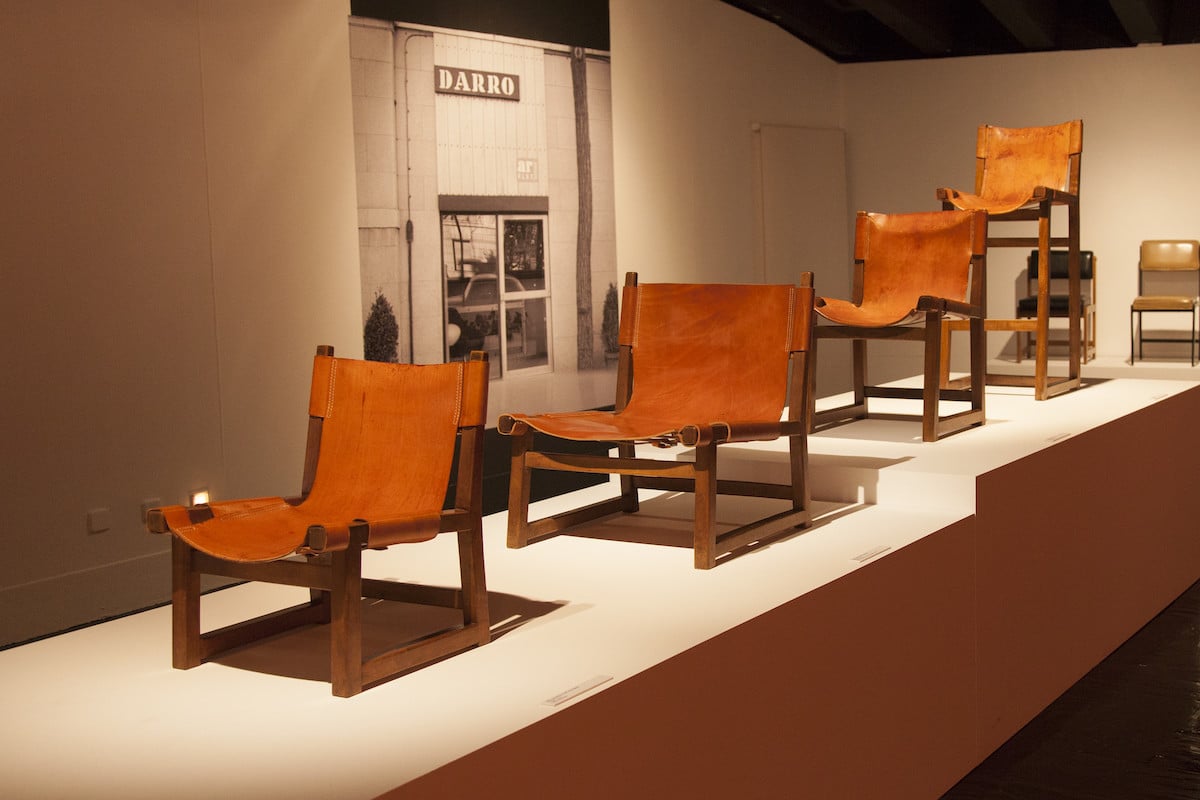
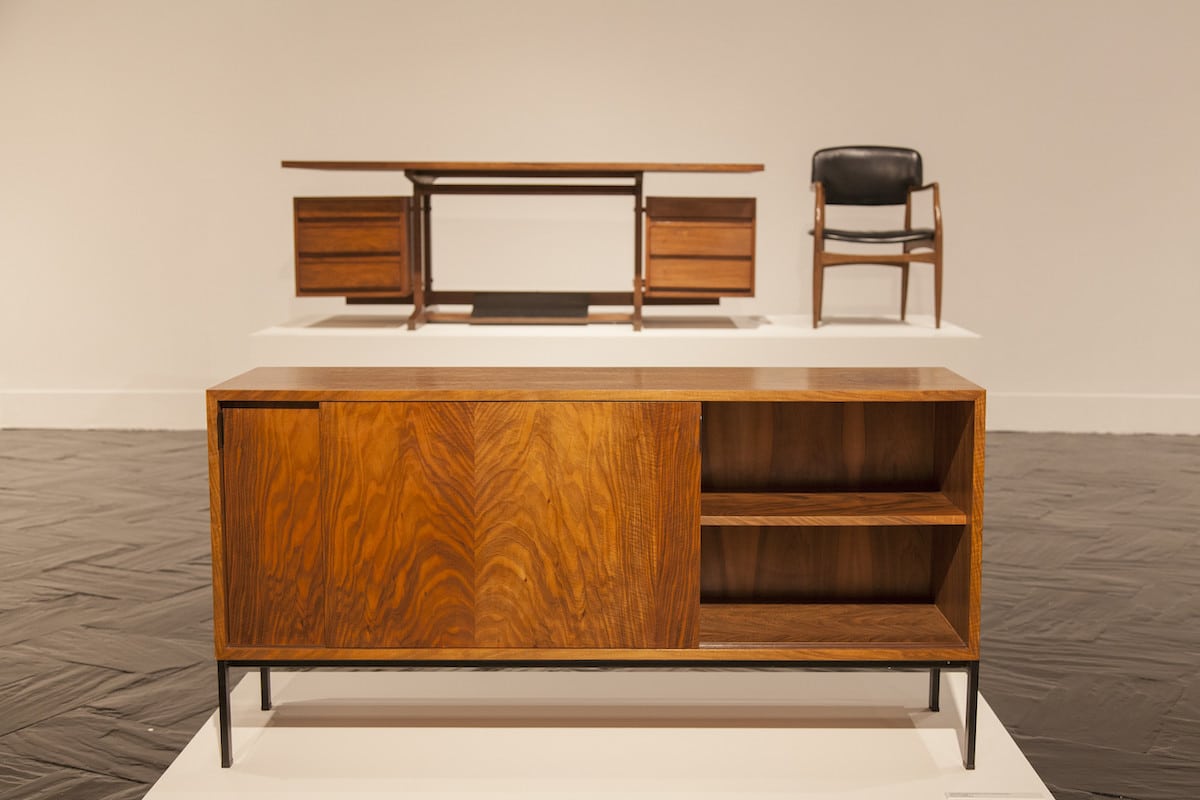
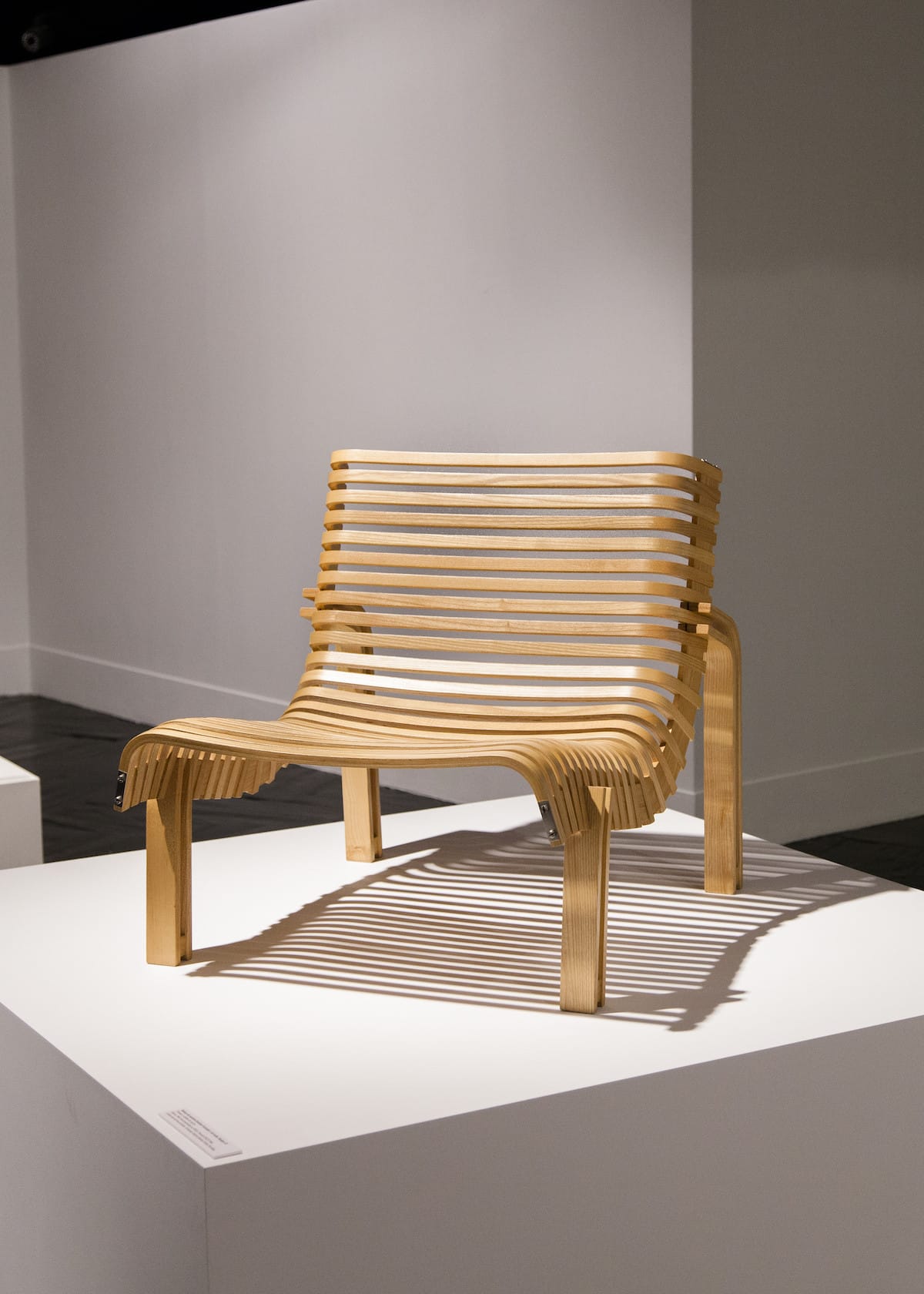
Super-Packaging: Design Serving Design
Curated by Ana Domínguez Siemens, José María Faerna, and La Fábrica, Super-Packaging puts product design front and center in an exhibit that takes the familiar shape of a supermarket. Featuring whimsical products that can currently be found on shelves with packaging from 12 Spanish design firms, the exhibit highlights design’s influence on our everyday lives.
As I wandered through the cheerful and brightly lit aisles, I was reminded of how design touches almost every aspect of my own life. This exhibit stood out to me as being the most accessible to all audiences, showing visitors that design truly is everywhere. Celebrating design and art is extremely important, but I would argue that making the connection to really show the impact they have on the world around us is equally—if not more—important.

Super-Packaging also explores the idea that design serves design: without enticing packaging and graphic design, how likely are we to pick up an item and add it to our cart? The next time you go grocery shopping, spend some time to really look at the product design. How much of your preference for Coke versus Pepsi comes down to design?

The exhibit showcases current examples of product design, as well as a history of packaging as it relates to the supermarket—shown through the evolution of the iconic Coke bottle, vintage and current aerosol cans, and tetra packs.

Explorations into the future of product design focus on eco-friendly ideas like Ooho! water pods and bioplastics made from organic waste.

Cuidado Diseño: Contemporary Spanish Crafts
Stepping from Super-Packaging’s bright, colorful space into the almost reverent black walls of Cuidado Diseño, a hush fell over our group. Exploring the idea of traditional Spanish crafts through contemporary discourse, the exhibit evoked a religious experience, as if we were visiting the Church of Craft.
Each of the 117 pieces featured had to satisfy six criteria: culture, legacy, excellence, mastery of the trade, creativity, and a strong relationship between the creator and owner of the object. These commandments resulted in stunning work spanning materials including textiles, glass, wood, ceramics, precious metals, and even basketry.
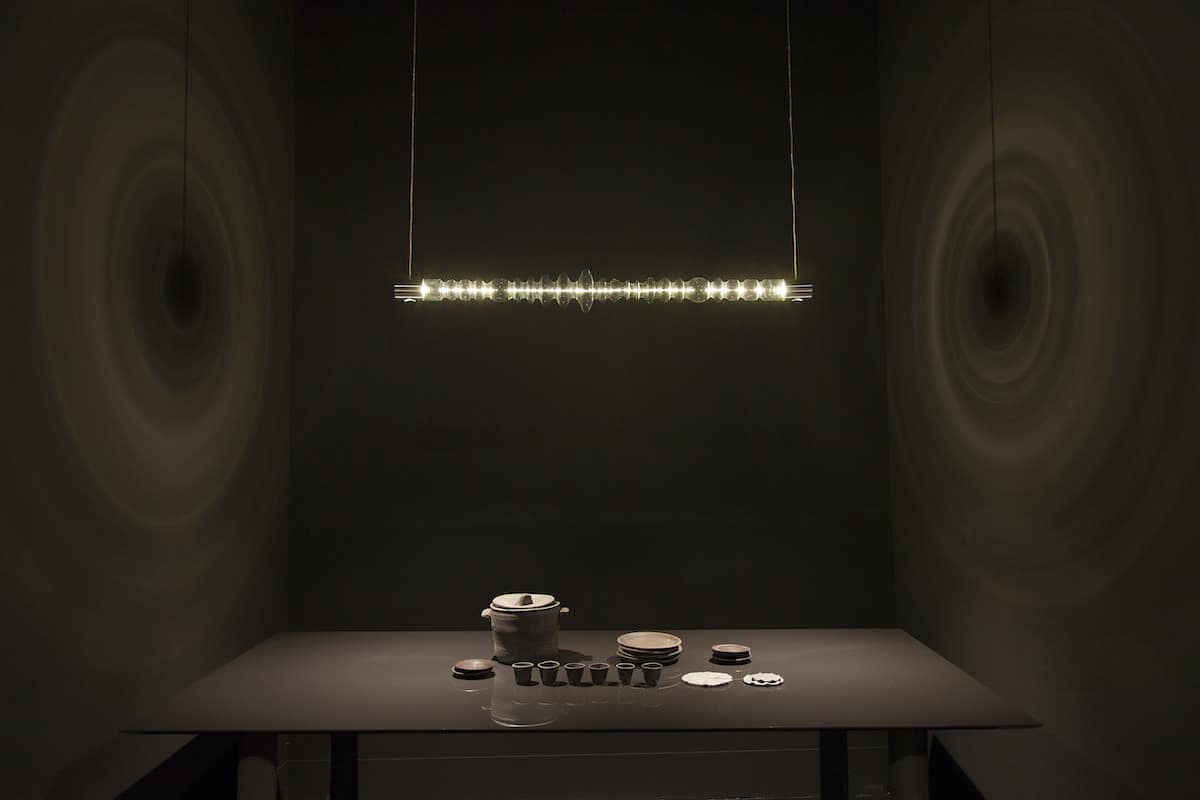
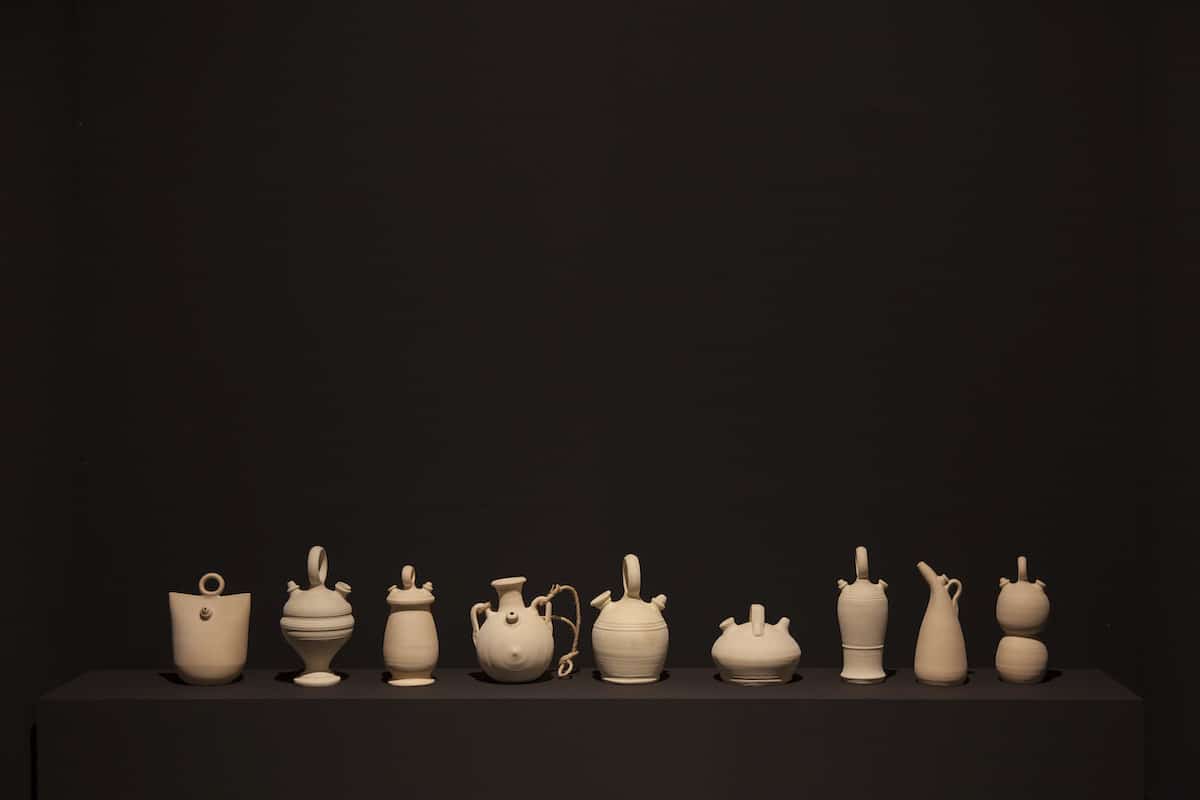
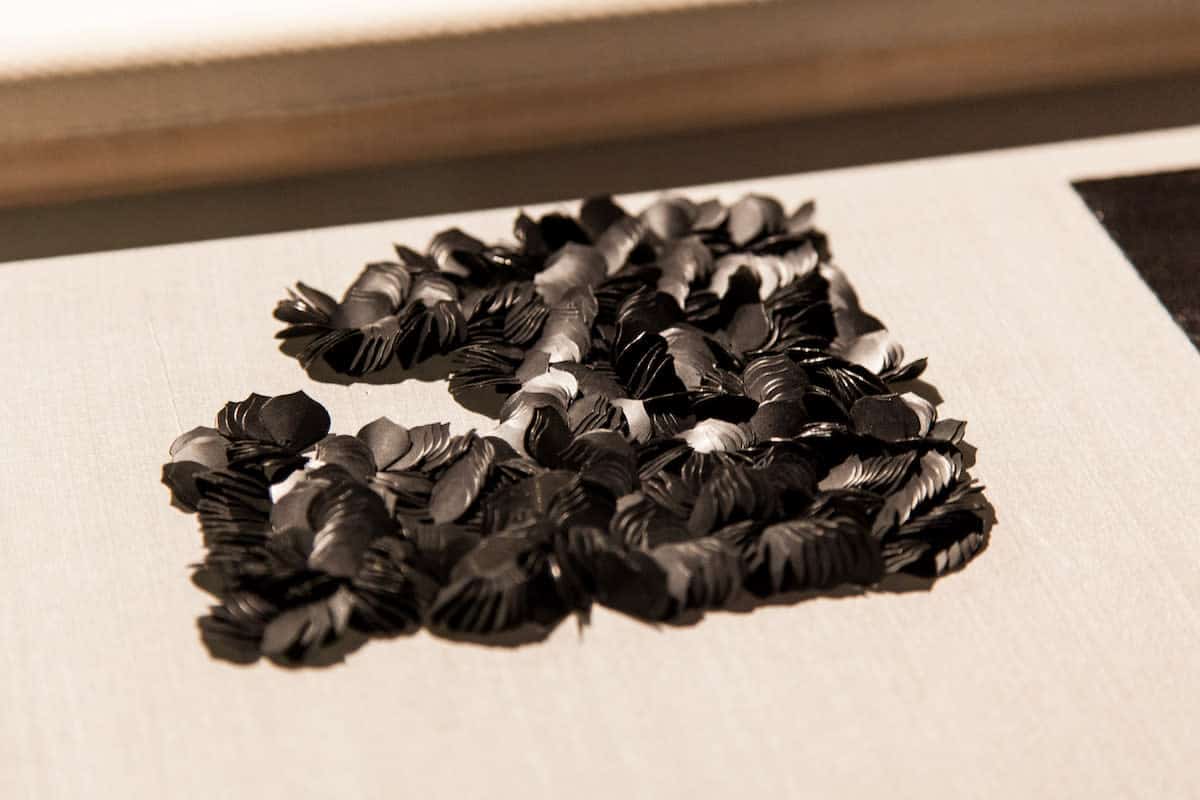
Outside of large-scale exhibitions, the festival also includes a number of smaller installations throughout the city.
MINI Home Urban Home
Home Urban Home highlights the creative use of space. The space, designed by Madrid architecture firm MYYC, will be converted into a living space for artists-in-residence. The house functions much like a tiny home, with couches, chairs, tables, and beds tucked away until they’re needed. With a place for everything and everything in its place, the home fits perfectly into the very of-the-moment minimalism movement.
As I clambered up the stairs to explore the second level (a bit of a challenge for my short frame) I felt a bit like a kid exploring a dream treehouse, from the simple wood to the bed-sized hammock. The house emanated a sense of peace, and I could almost see myself moving in but for one missing element: a functioning bathroom.
The garden is a key feature, inviting nature into even the smallest, most urban of spaces. I felt an urge to stick around and tuck into a book in the cozy green space, part of but apart from the city.
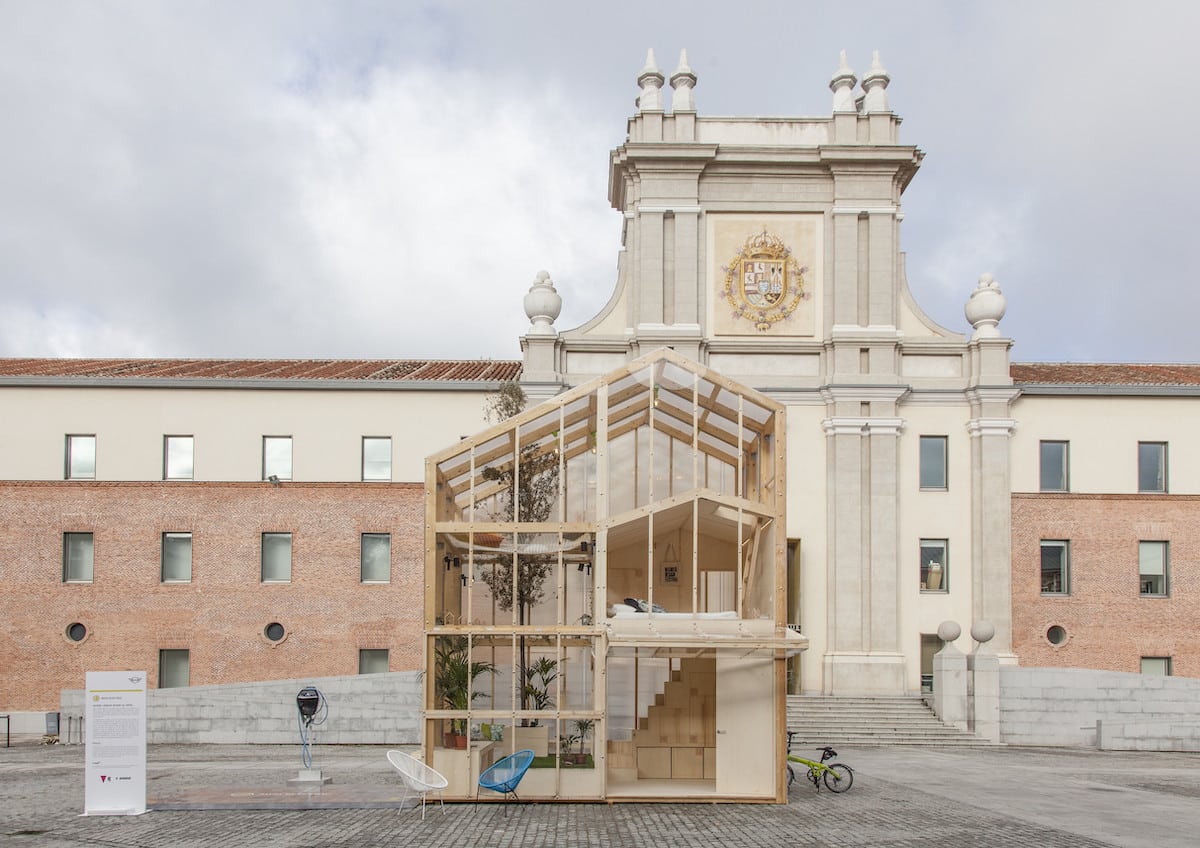
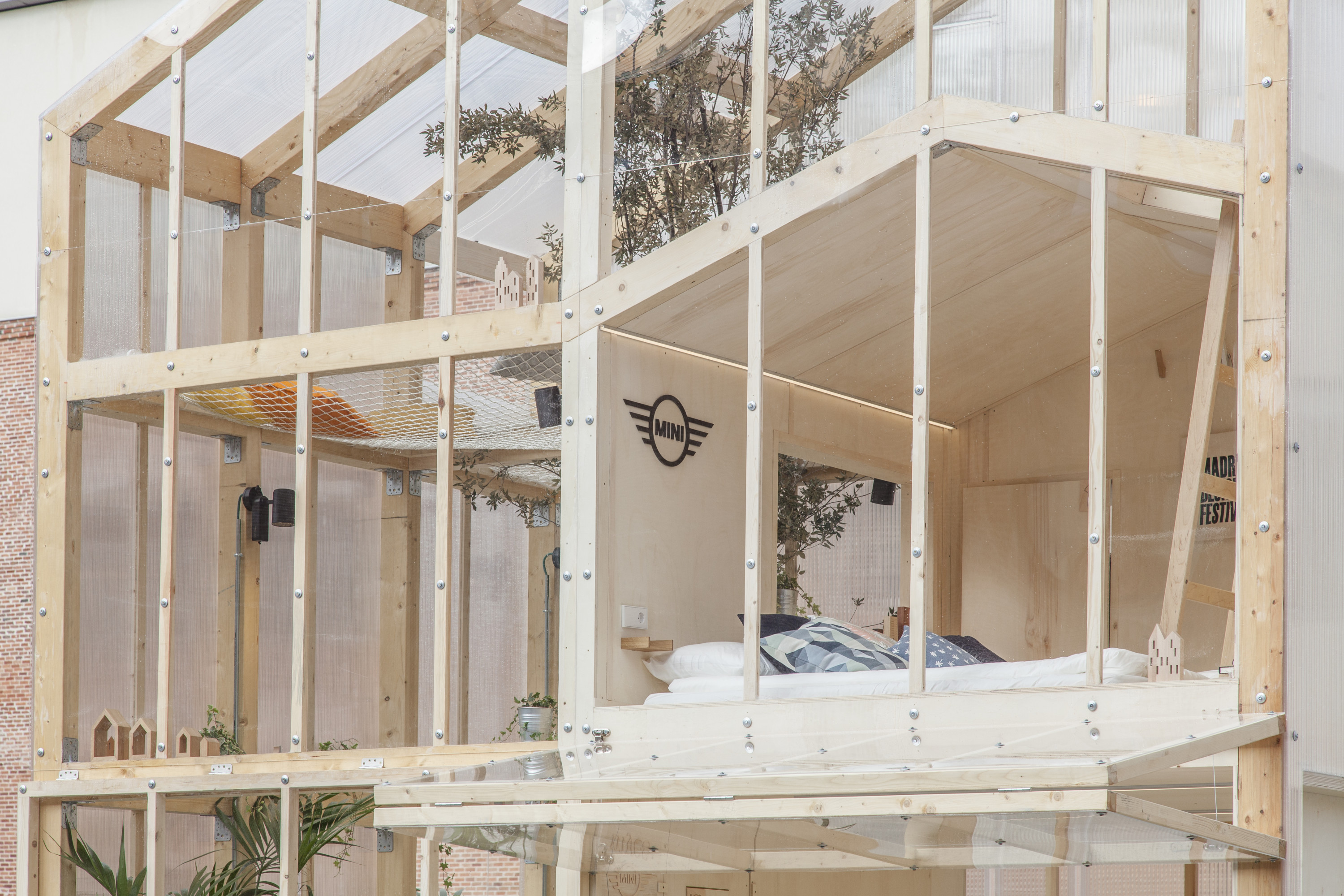
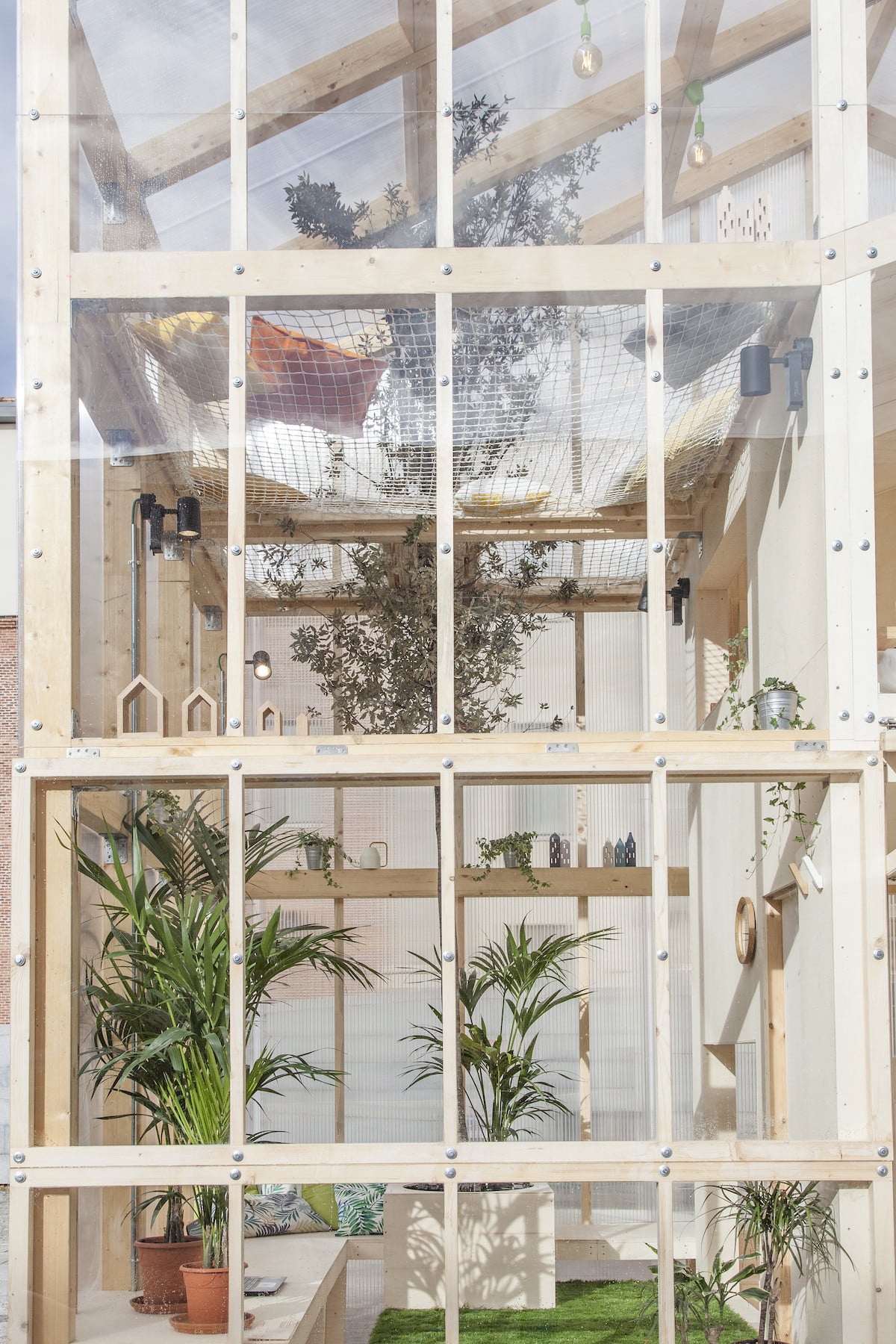
PET Lamp Pikul at Zara Home
The PET Lamp project was conceived by designer Alvaro Catalán de Ocón in 2011 as an alternative to recycling to address the growing problem of plastic waste in the oceans.
The project combines art and activism by re-using single-use plastic bottles (typically used for water, soda, juice, etc.) via traditional weaving techniques from Chile, Colombia, Ethiopia, Australia, and Japan. The bottles are turned into hand-made lamps and the proceeds of the sales are returned to the local artisans.
Considering the future of design and its impact on the world is a recurring theme for the festival, but this project seems especially situated to effect change. Design is about more than just form and function, and while the lamps themselves are beautiful, they only truly exist as part of a larger economic and environmental ecosystem—much like design itself.
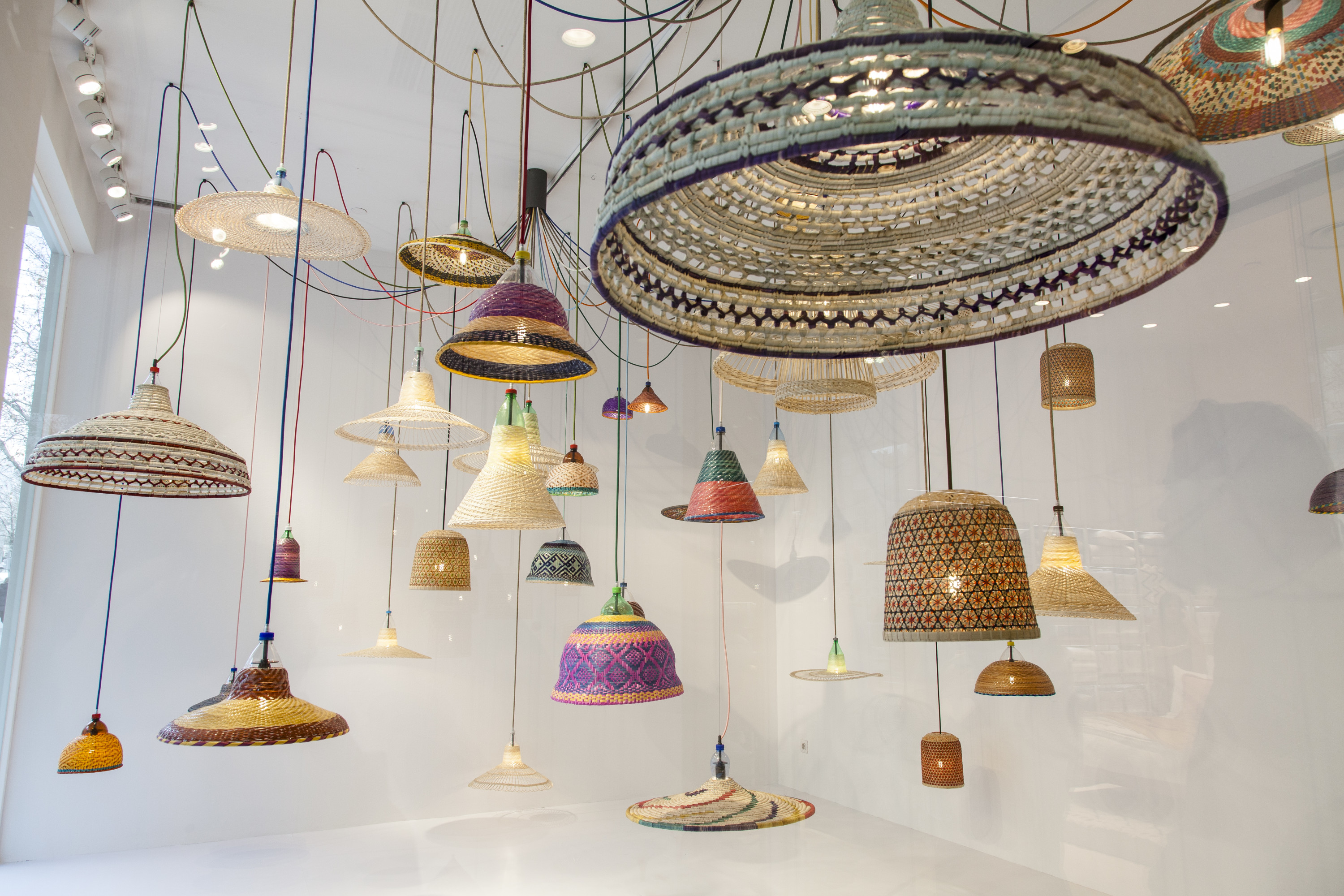
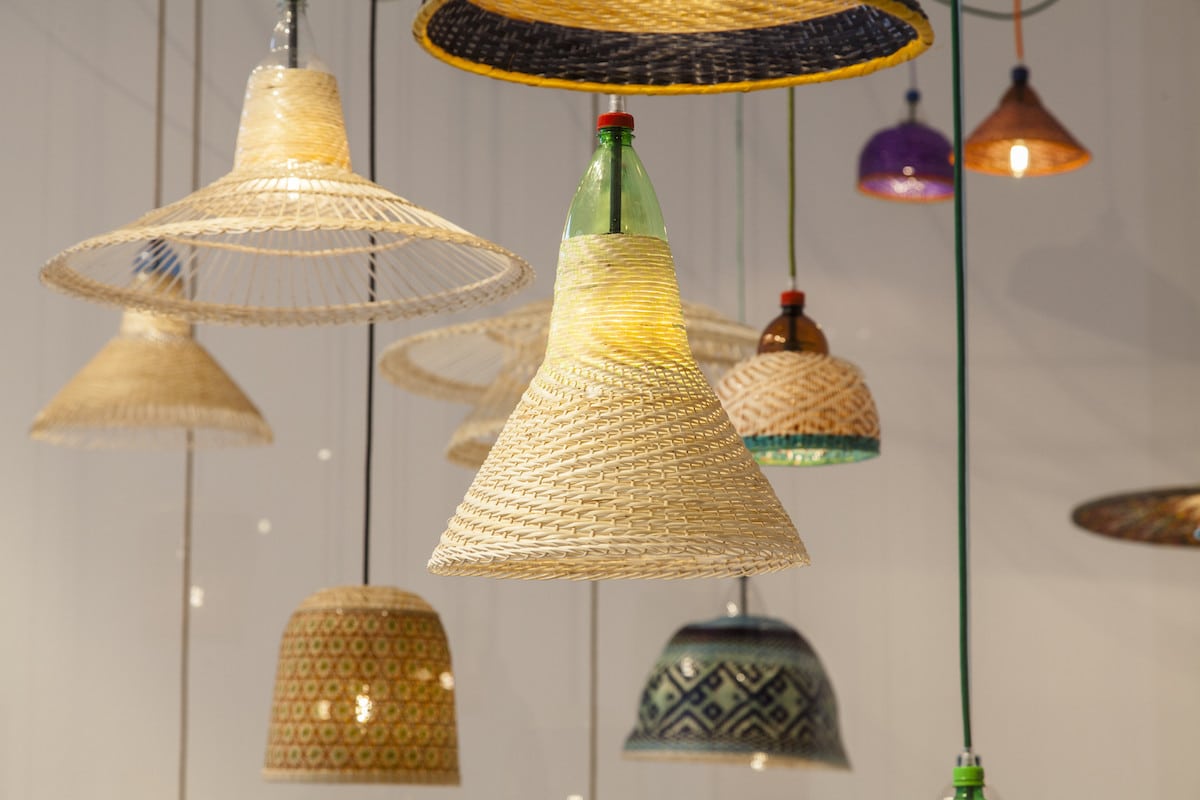
To see the full list of exhibitions from this year’s Madrid Design Festival, and to learn more about the designers and studios featured, visit the festival website.
Want more art and design? Read on:
Kikkerland’s Jan van der Lande Celebrates 25 Years of Design Success
5 Galleries Shaping Barcelona’s New Contemporary Identity
Here Are The 30 Design Apps We’re Loving Right Now
